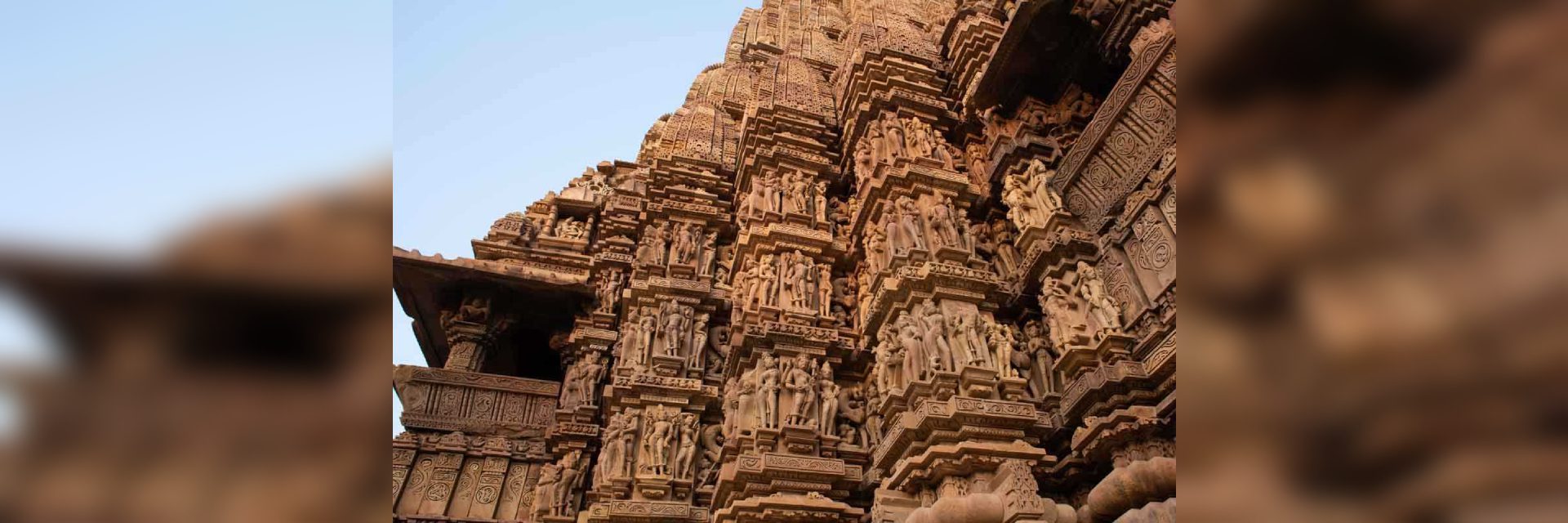The article was first published in Scroll.in on May 7, 2022.
In the autumn of 1949, New York’s intellectual circles were abuzz with an extraordinary photo exhibition showcasing medieval Indian temple sculptures. These striking images, captured by Swiss photographer Raymond Burnier, provided an unprecedented glimpse into India’s architectural and cultural heritage. Burnier, who lived in India for several years, had previously exhibited these photographs in Paris to great acclaim, piquing the curiosity of the American audience.
The exhibition was held at the Metropolitan Museum of Art and was endorsed by the Indian government, reflecting its effort to promote Indian art internationally. Alan Priest, the museum’s curator of Far Eastern art, described the exhibition as an evocative experience that mirrored the awe of visiting actual Indian temples. In the museum’s October 1949 bulletin, Priest praised the photographs, noting their ability to convey the spiritual and artistic essence of ancient Indian temples. “It is a very exciting and beautiful exhibition indeed,” he wrote, emphasizing the powerful visual representation of a timeless religious tradition.
Burnier’s lens captured intricate details of temples from Khajuraho, Mahoba, Bhubaneshwar, and Konark, highlighting the grandeur and precision of medieval Indian sculpture. The large-scale photographs, focusing on individual figures and architectural elements, revealed a world unfamiliar to most New Yorkers at the time. Burnier’s work not only celebrated the artistry of Indian temples but also positioned them as symbols of a rich cultural heritage.
Burnier’s personal life was equally intriguing. He was in a long-term romantic relationship with French Indologist Alain Daniélou, with whom he shared a deep passion for Indian culture. Their collaboration extended beyond photography, contributing to the promotion of Indian art and philosophy in Europe and the United States. Burnier also briefly married Radha Sri Ram, later known as Radha Burnier, who became a prominent figure as the president of the Theosophical Society of Adyar.
In the early 1960s, Raymond Burnier and Daniélou returned to Europe but remained dedicated cultural ambassadors for India. Burnier’s work remains a testament to his artistic vision and his role in bridging cultures. He passed away in 1968, leaving behind a legacy of capturing the spirit of India through his lens. Daniélou, who continued his scholarly contributions, died in 1994, leaving a profound impact on the study and appreciation of Indian culture. Together, they played pivotal roles in introducing Indian art to the Western world…
Read More: Scroll.in
Find more Global Indian Top Reads

